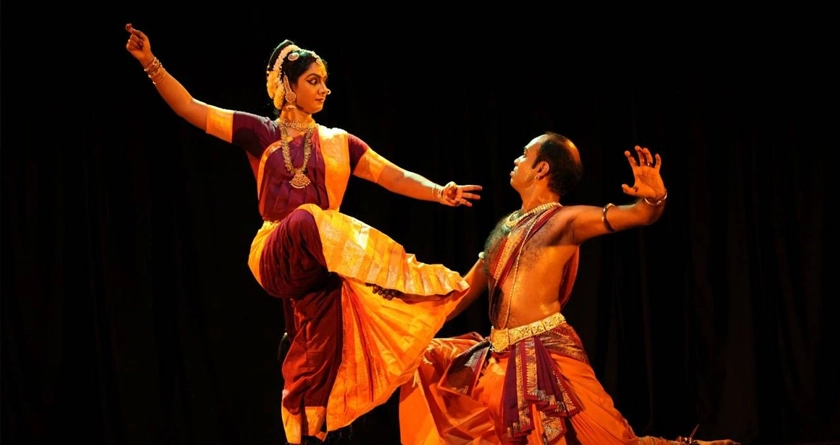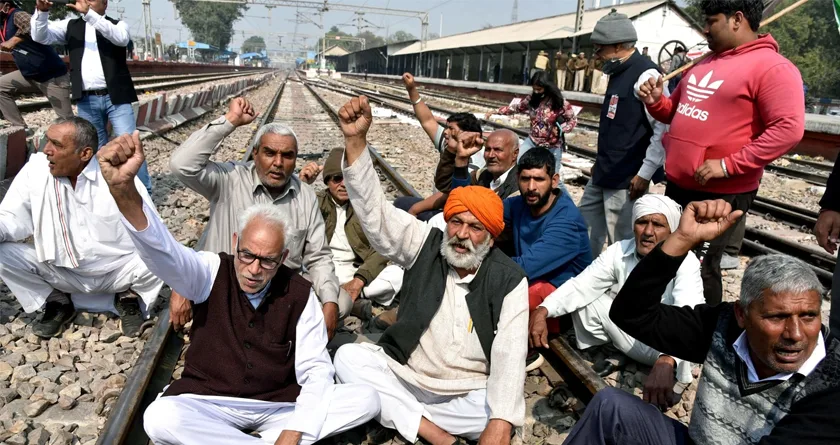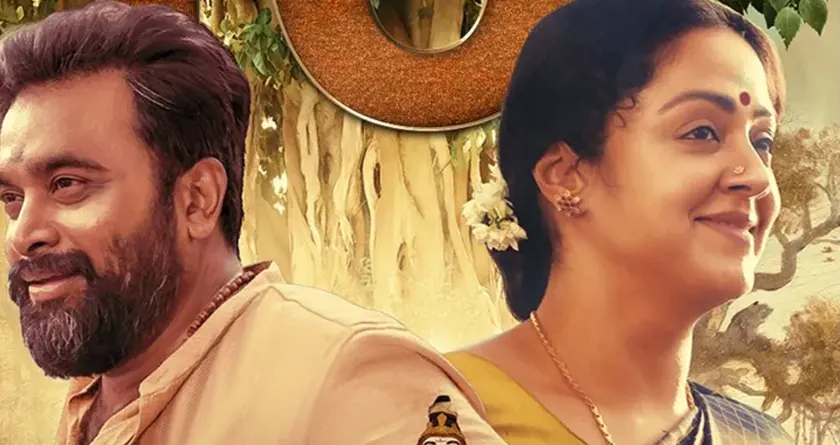
Indian Classical Dance: Kuchipudi Dance
Dance of India Kuchipudi…Learn more…
Thursday, 5th August 2021
It is a dramatic art of dance that originated in Andhra Pradesh, a village in the Bang Krishna region, India. Like all major forms of classical dance in India, Kuchipudi has also evolved into a religious art whose roots can be traced back to the ancient Hindu Sanskrit text "Natya Shastra", and is traditionally associated with temples, spiritual beliefs, and traveling minstrels.
This ancient form of dance appears in copper inscriptions from the 10th century and texts from the 15th century, such as "Machupalli Kaifat". Tirtha Narayana Yati and his disciple Siddhendra Yogi, a sannyasin of the Advaita Vedanta sect, are traditionally believed to have initiated, organized, and arranged the current version of the dance form in the 17th century. Generally, the Kuchipudi repertoire is broadly oriented to the traditions of Lord Krishna and Vaishna, including prayer, dharavu-short dance, nritta-pure dance, and nritya-expressive dance.
Also Read: Sanjay Subrahmanyan presents a fascinating story about carnatic music in a simple way
History and Evolution
The theoretical basis of Kuchipudi can be traced back to ancient Indian Sanskrit texts on performing arts, called "Natya Shastra", written by Indian dramatist and musicologist Bharata Muni. It is assumed that the full version of the text was first completed between 200 BC. C. and 200 days. C., but that period also changed between 500 years. C. and 500 days. C. It combines thousands of verses from different chapters and divides dance into two different types, namely purely technical dance "nrita" and expressive solo dance "nritya".
Russian scholar Natalia Lidova said that Natya Shastra explained various theories of Indian classical dance, including standing postures, bhava, rasa, basic steps, performance methods, gestures, and the Tandava dance related to Shiva. Bharata Muni not only mentioned the Andhra area in this ancient text, but also attributed an elegant movement called "Kaishiki vritti" and a type of raga called "Andhri" to the region. The raga related to "Arsabhi" and "Gandhari" also has a place in several other Sanskrit texts dating back to the first millennium. 10th-century bronze inscriptions confirm the existence of dramatic dance performances related to Shivaism in the Telugu region of southern India, called "Brahmin Melas" or "Brahma Melas".
Brahmins performed this art in the Middle Ages. Vaishnavism traditionally includes bhakti music and dances dedicated to Lord Krishna, and developed in the second millennium, presumably accepting this art form. It was developed as "Bhagavata Mela Nataka" in the Tamil region of southern India and as Kuchipudi in the Andhra Pradesh region. Saskia Kersenboom mentioned that both "Bhagavata Mela Nataka" and Kuchipudi are closely related to the traditional Karnataka theatrical form "Yakshagana". Reauthor Manohar Laxman Varadpande noted that this form appeared in the late 13th century, during the Kalinga reign of the Eastern Ganges dynasty, it sponsored art forms based on the works of the famous Sanskrit poet Jayadeva, the most famous being "Gita Govinda" . Under the auspices of the monarch, various dance companies and bards have incorporated concepts based on Radha and Krishna into the traditional Kuchipudi, known locally as "Vaishnava Bhagavatulus."
The development and decline of the late Middle Ages
The dance form flourished under the auspices of the rulers of the Middle Ages in the 16th century, and is expressed in various copper inscriptions. The court records of the Vijayanagar Empire also show his performance in his court. However, the invasion of Islam, the establishment of the Deccan Sultanate in the 16th century, and the great military defeat of the Vijayanagaró Empire at the hands of the Deccan Sultanate in 1565 all witnessed its decline. Political turmoil and wars also witnessed the Muslim army demolishing temples and causing severe damage to the city of Deccan, causing many artists and musicians to leave their place.
Opposition and prohibition during colonial rule
This art form was revived shortly after the fall of Aurangzeb in 1707 and the subsequent decline of the Mughal Empire. However, with the rise of the colonial official rule of the East India Company in the 18th century and the establishment of British colonial rule in the 19th century, various forms of classical dance gradually declined, and received scornful entertainment and dissuasion.
Kuchpdi In the environment associated with Hindu temples, Kuchipudi, who traditionally performed at night, also saw its decline.
The News Talkie Bureau
Source:
CulturalIndia











